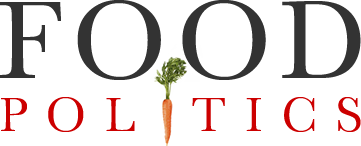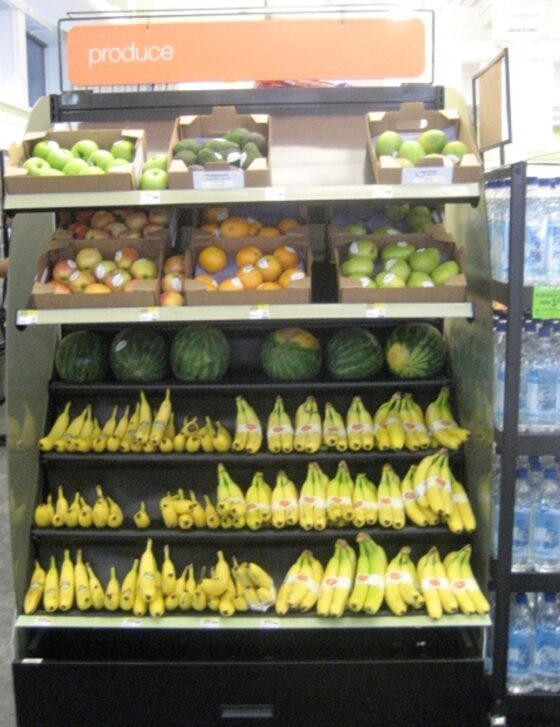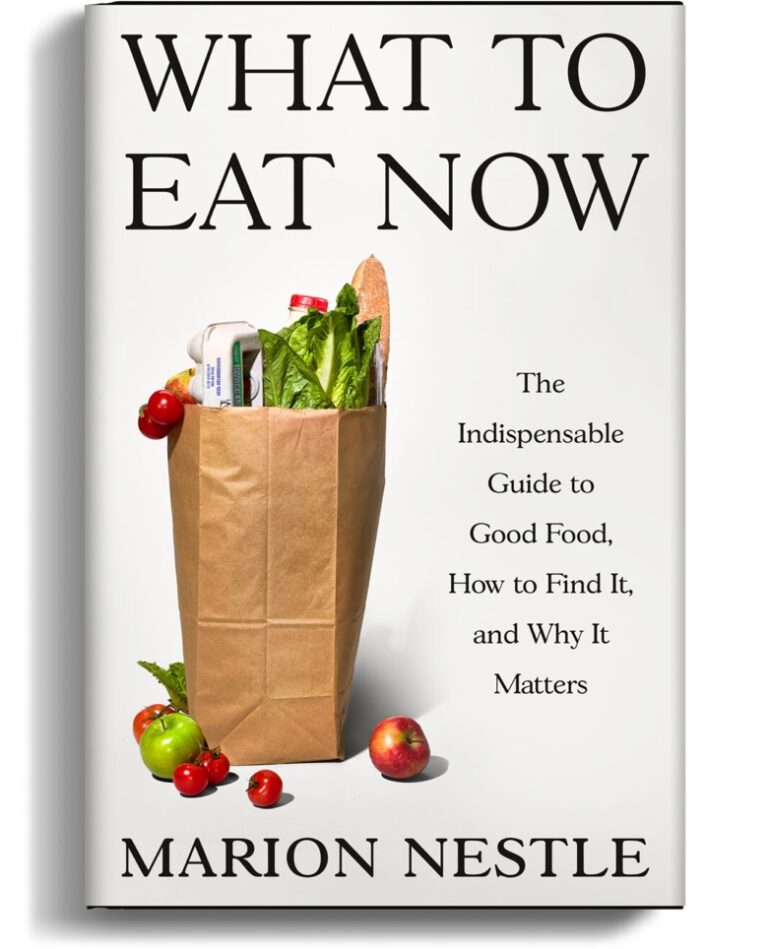The USDA requires retailers who accept SNAP benefits to stock a few fruits and vegetables. Formerly, USDA required retailers to provide three varieties of food in each of four categories—dairy, protein, grain, and fruits and vegetables. It ...
| © Marion Nestle. You're receiving this email because you've signed up to receive updates from us. If you'd prefer not to receive updates, you can unsubscribe. |
|
| | |



.png)


